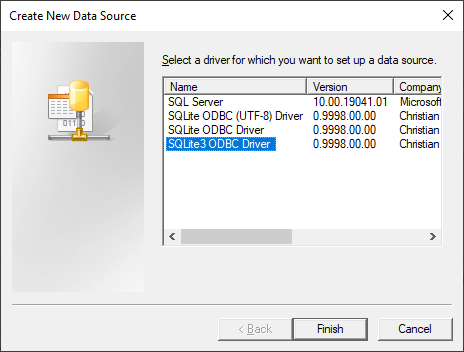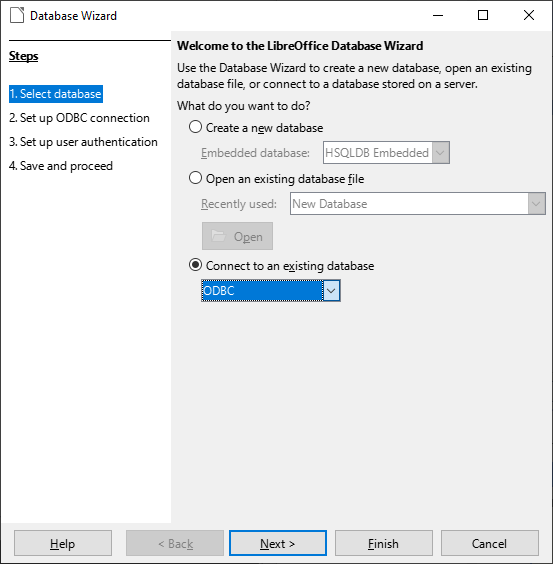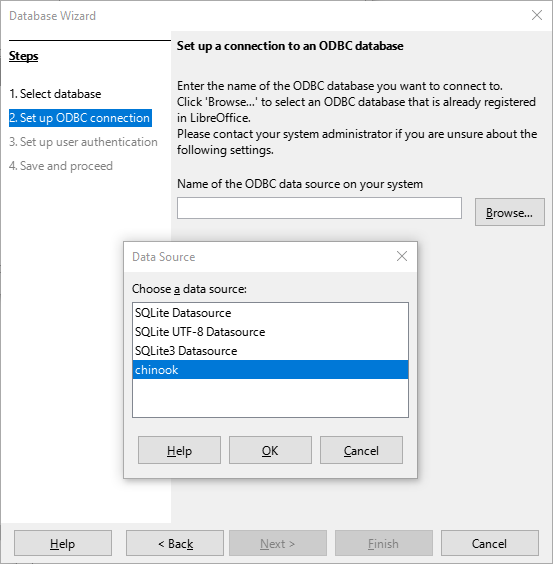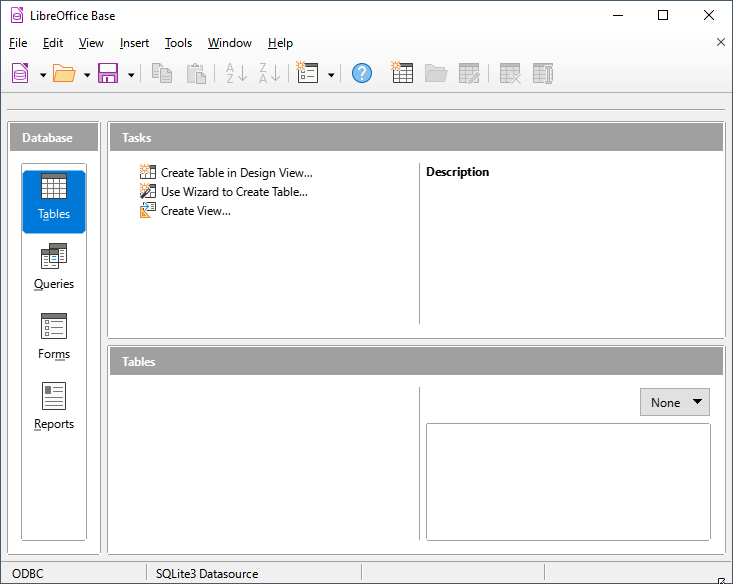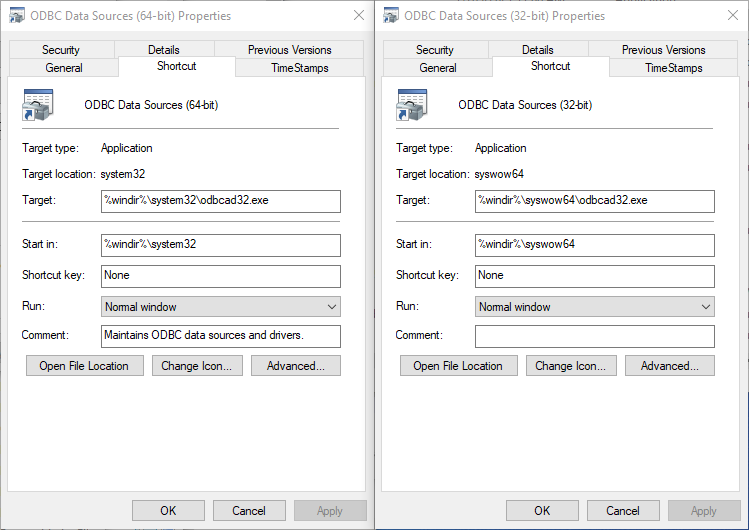My method is using the following site to download the odbc-driver: SQLite ODBC Driver
After installing the driver I type ODBC in the search box of Win10-Menu and wait what is coming up. In the odbc-connection manager I can define named conections to the sqlite-databases. Just browse for the file and adapt the name afterwards.
One hint: If you are in an account without admin-privileges you can only create local connection/for the current user only.
Now you open LibreOffice, and select New → Database and then connect to an existing database. From the options scroll down to sqlite3 and select this type. In the next window you select the odbc-connection you defined earlier (or can create further connections).
Test the conection (button).
Sometimes you don’t see the available tables directly. Click on forms / report, then back to tables an the tables should be there (obviously only if you connected to a populated table).
I usually created my sqlite-databases by script, on the command-line, so i don’t experienced any obstacles on table creation in LibreOffice.
(Just written from memory, and as a I use OpenShell my Win10 is Visualy altered…
Tested with LO 6.4 and also 7.1. 32 bit, so also 32bit driver needed, Win 10 20H2 and Win7)



